FUNDING CUTS IMPACT CT HUMANITIES: Help CT Humanities navigate recent funding cuts and continue our vital work across Connecticut. All donations made to CTH will be matched dollar-for-dollar up to $50,000. Donate today!
News & Updates

Textile Mills in Oxford Dominated Early Industry
Domestic wool production is one of the oldest industries in the United States. The first mill in Connecticut arrived in Hartford in 1788.
Read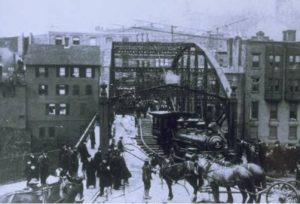
Combined Rail-and-Water System Makes Norwich a Key Travel Hub in Mid-1800s
For waterfront towns like Norwich, early steamships offered opportunities for travel and commerce previously unthinkable to generations of local residents.
Read
Free Speech for Some – Who Knew?
In 1939, 150 years after the original passage, Connecticut finally ratified the US Bill of Rights, guaranteeing workers the right to free speech.
Read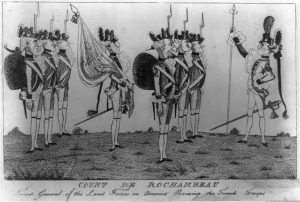
Rochambeau Returns Over and Over to Andover
Jean-Baptiste-Donatien de Vimeur, comte de Rochambeau, was a French nobleman and army general who contributed significantly to the Colonial army’s victory in the war for American independence.
Read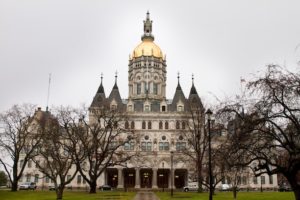
Civil War Monuments and Memorials in and Around the State Capitol
Monuments and memorials from the Civil War era in and around the state capitol in Hartford, Connecticut.
Read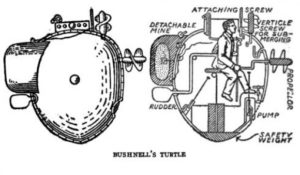
The Turtle Submarine – Today in History: September 6
On September 6, 1776, the first functioning submarine, called the Turtle, attacked the HMS Eagle anchored in New York Harbor.
Read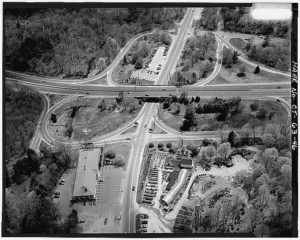
Overland Travel in Connecticut, from Footpaths to Interstates
By overcoming the limitation of distance, transportation makes possible the many economic and social interactions that allow a community, a people, an entire culture, to thrive
Read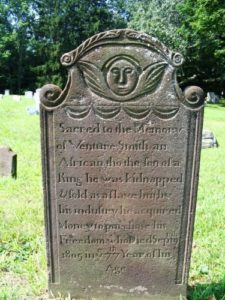
Venture Smith, from Slavery to Freedom
Smith’s account sheds light on the experience of enslaved and free blacks in 18th-century Connecticut.
Read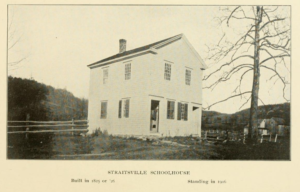
Child Labor vs. Schooling in 19th-century Naugatuck
The Naugatuck school system today consists of 11 public schools that provide a thorough contemporary education to over 4,000 students—but this was not always the case.
Read
Raise a Glass to Winemaking in Connecticut
The Colony’s first settlers produced wine and spirits, but it would not be until the 1970s that Connecticut could grow and sell its harvest.
Read
Just Pour Over Ice – Who Knew?
The Heublein Restaurant served its thirsty customers pre-mixed cocktails that became so wildly popular they had to build a distillery just to meet demand.
Read
Hidden Nearby: The Bantam Lake Ice House
Bantam Lake served a vital function as a supplier of ice that local residents used to preserve food when temperatures began to rise.
Read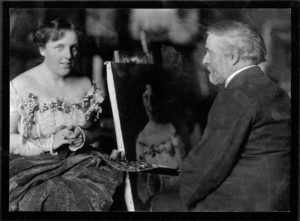
Theodate Pope Riddle Dies – Today in History: August 30
On August 30, 1946, Farmington’s Theodate Pope Riddle, one of the nation’s first successful woman architects, died at the age of 79.
Read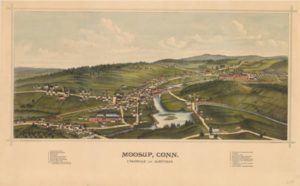
A Bird’s-eye View of Moosup
This depiction of a Quinebaug Valley town and its satellite communities—Uniondale and Almyville—records an idealized view of the 19th-century textile boom.
Read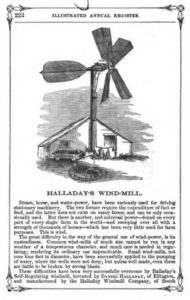
Halladay’s Revolutionary Windmill – Today in History: August 29
On August 29, 1854, Daniel Halladay a machinist, inventor, and businessman patented the first commercially viable windmill—Halladay’s Self-Governing Windmill.
Read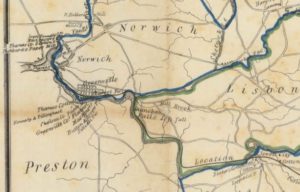
Lisbon Tunnel Completed – Today in History: August 28
The Norwich and Worcester Railroad built the first railroad tunnel in Connecticut, and one of the first in the nation, in the town of Lisbon in the 1830s.
Read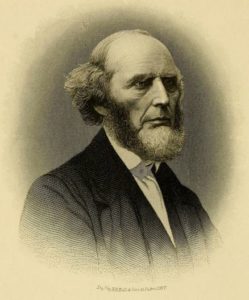
Charles Grandison Finney Spreads Revivalism and Education throughout the Mississippi Valley
Charles Grandison Finney was a revivalist preacher and educator born in Warren on August 27, 1792.
Read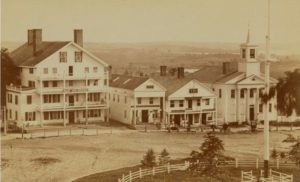
The Peace Movement in Litchfield
While the peace movement in Litchfield was short-lived, it provides a reminder of the disparity in public opinion during the first few turbulent months of the Civil War.
Read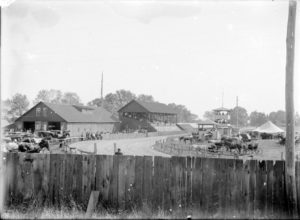
A Fair to Remember in Brooklyn
Sponsored by the Windham County Agricultural Society, the Brooklyn Fair is held annually in August to promote and preserve the area’s agricultural heritage.
Read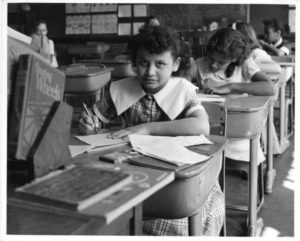
Five Minutes that Changed Connecticut: Simon Bernstein and the 1965 Connecticut Education Amendment
“There shall always be free public elementary and secondary schools in the state. The general assembly shall implement this principle by appropriate legislation.”
Read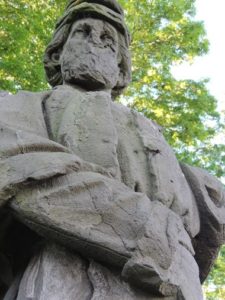
The Forlorn Soldier Statue
The Forlorn Soldier statue survived years of neglect, punishing weather, and efforts to tear it down.
Read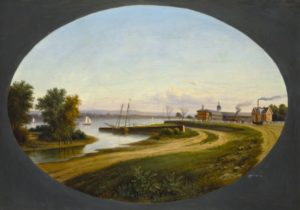
The Colt Patent Fire-Arms Manufacturing Company
Samuel Colt, the man who revolutionized firearms manufacturing in the United States, was born in Hartford, Connecticut, on July 19, 1814.
Read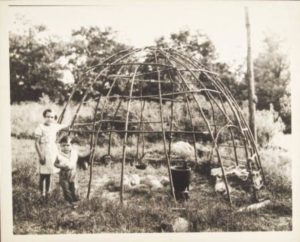
Living Rituals: Mohegan Wigwam Festival
The Wigwam festival is a modern version of the ancient Mohegan Thanksgiving for the Corn Harvest, or Green Corn Festival.
Read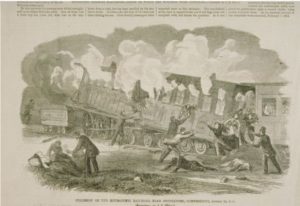
Horror on the Housatonic: The Railroad Disaster of August 1865
Despite measures to ensure the safe operation of railroad trains traveling in opposite directions on single-track lines, things sometimes went wrong—with deadly results.
Read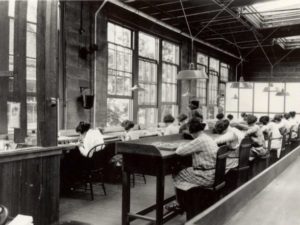
Waterbury’s Radium Girls
In the early 20th century, girls working at the Waterbury Clock Company faced death and disease from exposure to radium in the workplace.
Read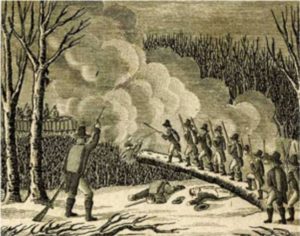
America’s Most Devastating Conflict: King Philip’s War
The ramifications of this bloody conflict echoed across the centuries.
Read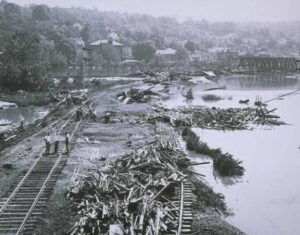
Hurricanes Connie & Diane Deliver Double Hit – Who Knew?
Hurricanes Connie and Diane, which both struck in August 1955, exceeded the combined property damage of the Flood of 1936 and Hurricane of 1938.
Read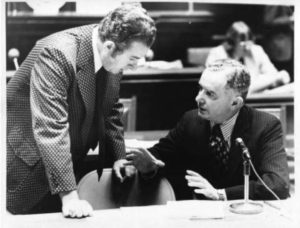
William O’Neill: Climbing Up the Political Ladder
Connecticut’s 84th governor, William Atchison O’Neill, was born in Hartford on August 11, 1930 but grew up in East Hampton.
Read
Danbury Prison Protest – Today in History: August 11
On August 11, 1943, conscientious objectors and other prisoners staged a 135-day hunger strike to protest racial segregation in the Danbury prison’s dining hall.
Read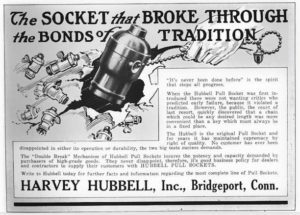
Hubbell’s Pull-Chain Electrical Light Socket – Today in History: August 11
On August 11, 1896, Bridgeport inventor and industrialist Harvey Hubbell patented a socket for incandescent lamps.
Read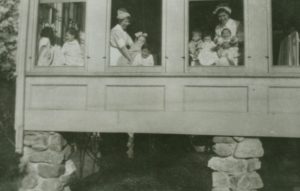
Health Department Fights Unseen Enemies During World War I
How Greenwich faced the menace of two highly contagious and potentially deadly diseases: polio and Spanish Influenza.
Read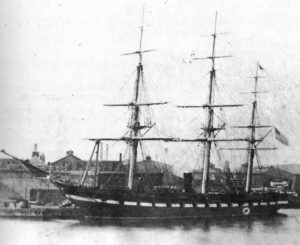
Commemorating the USS Hartford at the Connecticut State Capitol
The Connecticut State Capitol currently houses two important artifacts to commemorate the service of the USS Hartford.
Read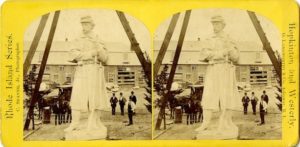
Pomp and Circumstance: Civil War Commemoration
The completion of the Forlorn Soldier did not meet with the pomp and circumstance of many other CIvil War commemorations, despite its media coverage and an overflowing sense of nationalism among the general public.
Read
Hartford Retreat for the Insane Advanced Improved Standards of Care
In the 1800s, this Connecticut hospital stood at the forefront of medical practice in the US in its new approaches to the treatment of mental illness.
Read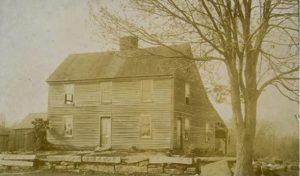
Hidden Nearby: John Brown’s Torrington Birthplace
Ruins are all that remain of the birthplace of this transformative figure in US history.
Read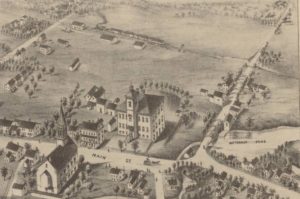
A Bird’s-eye View of Broad Brook
This rendering of the village of Broad Brook depicts a classic New England mill town but takes creative liberties to emphasize the community’s assets.
Read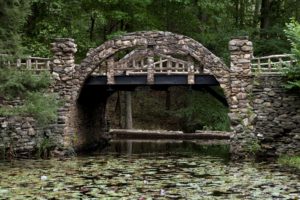
A Public Responsibility: Conservation and Development in the 20th Century
The seemingly contradictory calls to use or preserve the state’s natural resources are, in fact, closely related efforts that increasingly work in tandem—but not without conflict.
Read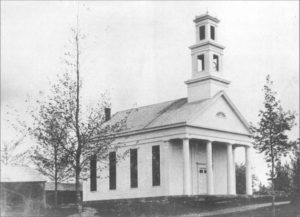
Pan-Harmonicum Strikes a New Note for Puritan Worship in Lebanon
Musical instruments, once scorned as ungodly, found a place in Congregational services at the turn of the 19th century.
Read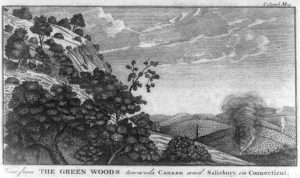
Dynamic Tensions: Conservation and Development up to the 1920s
From indigenous practices to Progressive-era projects, changing attitudes toward natural resources have shaped and reshaped the state’s landscape.
Read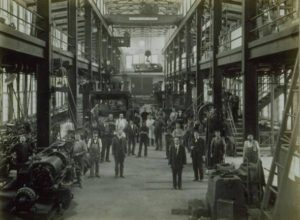
Christopher Miner Spencer, 19th-century Arms Manufacturer
Christopher Miner Spencer, from Manchester, obtained 42 patents during his lifetime and created the first successful breech-loading repeating rifle.
Read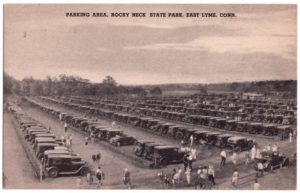
Abundant Wildlife Drives the History of Rocky Neck State Park
Consisting of 710 acres of camping and recreational areas, Rocky Neck State Park is located on Long Island Sound in East Lyme.
Read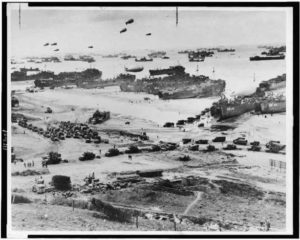
D-Day – Today in History: June 6
On the WWII homefront, night watchmen in Naugatuck’s factories heard the news of D-Day first.
Read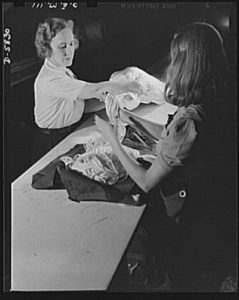
First Human Test of a Nylon Parachute – Today in History: June 6
On June 6, 1942, Adeline Gray made the first jump by a human with a nylon parachute at Brainard Field in Hartford.
Read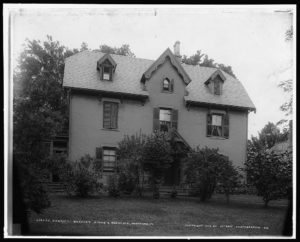
Hartford’s Nook Farm
This small enclave in the capital city’s west end became home to many of the 19th century’s most celebrated and creative personalities.
Read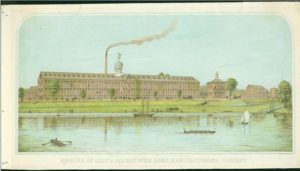
Samuel Colt and Elizabeth Jarvis Marry – Today in History: June 5
On June 5, 1856, Samuel Colt married Elizabeth Hart Jarvis, the daughter of Reverend William Jarvis and Elizabeth Hart of Middletown.
Read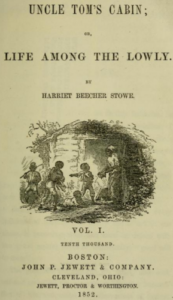
Uncle Tom’s Cabin Begins Serialization – Today in History: June 5
On June 5, 1851, the first chapter of what became the landmark novel Uncle Tom’s Cabin appeared in the National Era, an anti-slavery newspaper in Washington, DC.
Read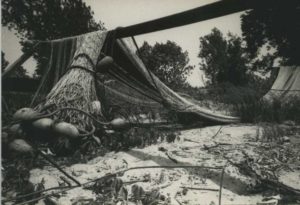
A Tale of Shad, the State Fish
The aquatic inhabitant, shad, has a long history of influencing foodways, income, and culture in the region.
Read
The Lemon Law – Today in History: June 4
On June 4, 1982, Connecticut made legislative history by pioneering the country’s first Lemon Law.
Read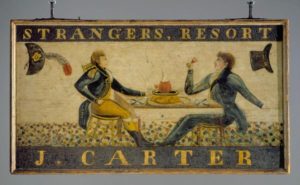
Tavern Signs Mark Changes in Travel, Innkeeping, and Artistic Practice
In colonial times, tavern signs beckoned weary travelers to places of rest and entertainment, but by the early 1900s collectors prized them as folk art and relics of a bygone era.
Read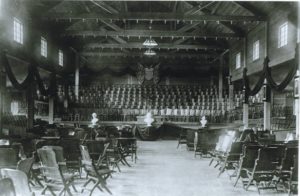
Norfolk—Alive With The Sound of Summer Music
Norfolk began hosting the Yale Summer School of Music and Norfolk Chamber Music Festival back in 1941.
ReadMore Articles




